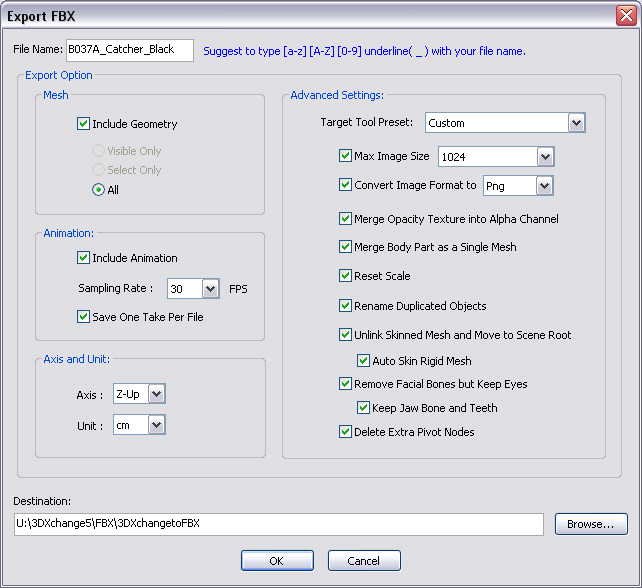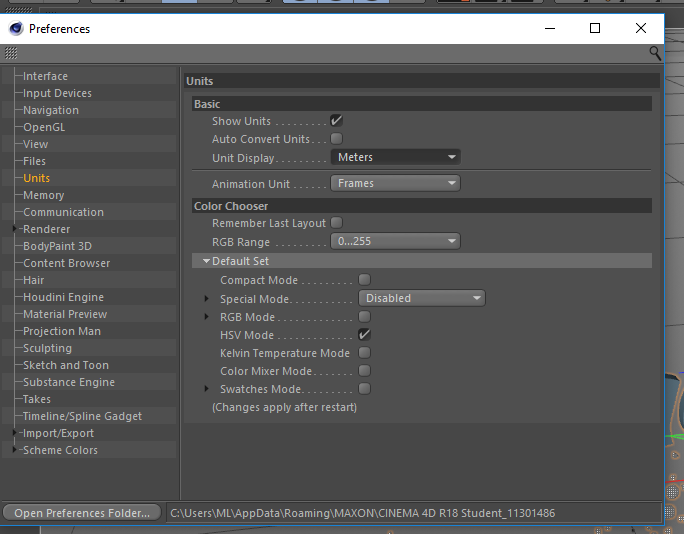
In this tutorial, you’ll learn how to prepare a humanoid model using Blender and how to bring it into Unity. It allows for easy set up of animations, the blending between them and retargeting of humanoid animations between models.īeing able to reuse animations allows you to use animations from the asset store and websites like for your own custom characters.

This allows you to use the same animations for characters of all shapes and sizes. Nowadays, most game engines come with a system to allow reusing animations as long as the skeletal hierarchy is compatible. As an amusing example, the older FIFA games had players all be the same size because creating a separate skeleton - and a set of animations - would have been a nightmare. This limited character diversity as their height and proportions had to be the same as well. In the past, characters needed to have the exact same skeleton to share animations. This is a very particular procedure and if you are not sure that this is exactly what you need I RECOMMEND WATCH THE FIRST VIDEO.Update note: Eric Van de Kerckhove updated this tutorial for Blender 3.0 and Unity 2020.3 LTS.Īrtists create 3D characters for your favorite games with the use of models, textures and animations. The other video I can offer you is a little more specific, here we see how to make the textures that are applied to a material in Blender to be copied inside the FBX file that is exported in Blender and then I show you how to extract those textures in Unity. This will extract the textures from the FBX file and in my case they are applied automatically. Click on the “Extract Textures” option and choose the destination folder. Select the model and go to the materials tab in the inspector. Give it a name, export and then transfer the file to Unity.ĥ. Change the “Path Mode” parameter to “Copy” and click on the “Embed Textures” button to the right of the “Path Mode” drop-down menu.Ĥ.

Go to File > Export > FBX and check the “Select Objects” checkbox to export only the selected objects.ģ. Select the models to be exported, making sure that they have materials with textures applied to them.Ģ.


Steps to export model with EMBEDED TEXTURES from Blender to Unityġ. Make sure that the dimensions of your 3D model make sense after normalizing the scale.Be sure to normalize the scale of your 3D model.Take care of the number of polygons in your 3D model.Make sure to remove duplicate vertices in your model.Give meaningful names to your objects in Blender, because the names in the Outliner in Blender will be the same names in the Unity hierarchy.CLICK HERE TO HAVE THESE VIDEOS APPEAR IN YOUR YOUTUBE FEED


 0 kommentar(er)
0 kommentar(er)
